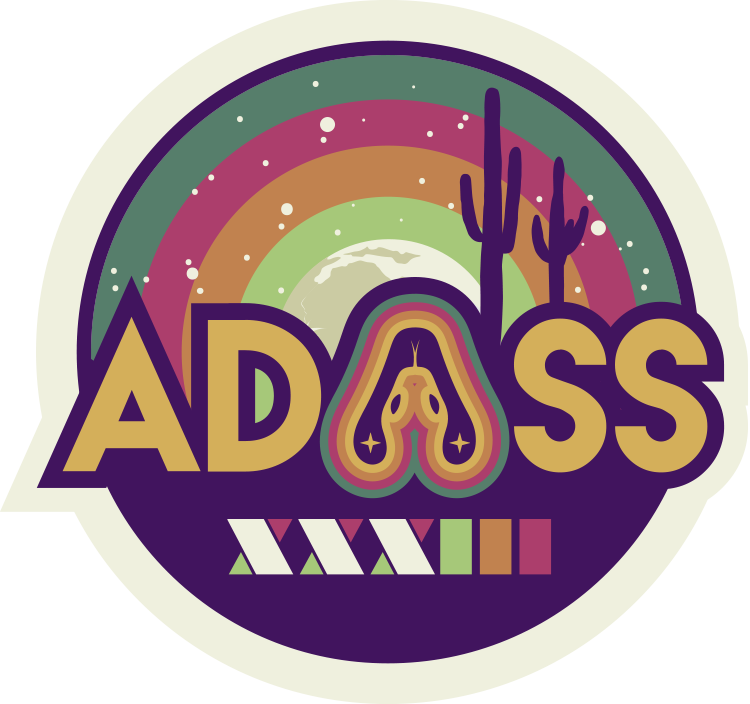Wednesday plenary 4: Contributed talk
When
Where
Theme: Software, tools and standards for Solar System, heliophysics, and planetary research
For several decades, the European Space Agency (ESA) has been producing a wealth of datasets coming from the spacecrafts launched during its history. Since 2021, the ESAC Science Data Center (ESDC) is in the process of registering and publishing Digital Object Identifiers (DOIs), which ensures a permanent identifier for each dataset in the long term. To this date, more than 30,000 DOIs have been registered by ESA for datasets accessible through the ESA Science Archives managed by the ESDC in order to improve the traceability of the usage of those datasets.
The sheer size and diversity of the ESDC datasets makes creating DOIs a challenging task. This not only requires doing the best possible mapping between the data granularity used by the different missions and what can be considered "DOI-worthy", but also the development of a tool that is flexible, scalable in time and able to deal with the diversity of data formats and accessing methods implemented by each science archive. In addition to this, there is a third challenge which is how to let the scientific community know that these DOIs exist and the ways to access them.
In the past the ESA DOIs could be accessed in two main ways, via Google Dataset Search (Masson et al., 2021; https://doi.org/10.1016/j.asr.2021.01.035) and the ESAC Data Discovery Portal, located at data.esa.int, under which all ESA data holdings have been given a dedicated DOI (C.Arviset et al., PV2023). A third way was recently added via the ESA DOI TAP Service.
The ESA DOI TAP Service allows for researches and also science centers and institutions to connect their tools via the TAP protocol to this TAP service to resolve the DOIs associated to specific proposal or experiment in an easy, clean and fast and way.
During the first part of this presentation we will offer a general overview of the tool currently used by the ESDC to generate and register DOIs together with a brief description of the challenges and solution taken for its development. Next we will review the different ways to resolve the DOIs associated to each dataset stored at the ESDC focusing on how the new ESA DOI TAP service works and how can it be accessed with practical examples.



